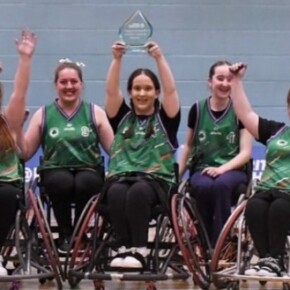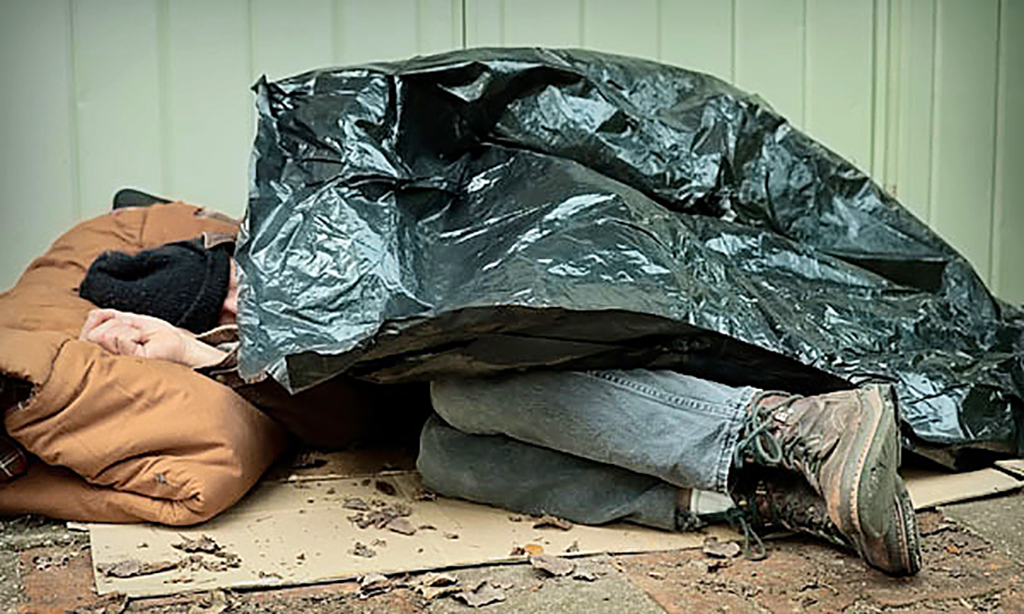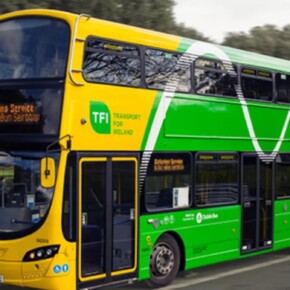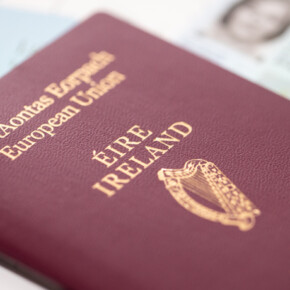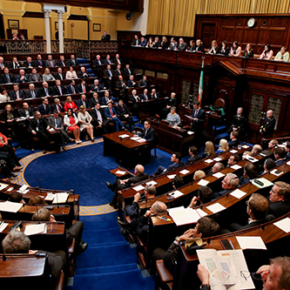More of the same in store for Dún Laoghaire
Mike Finnerty 27 Nov 2024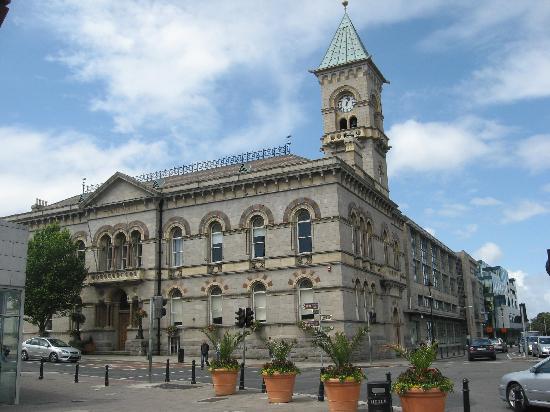
Dún Laoghaire is like a sitcom; a Green, a socialist, a Fine Gaeler and a Fianna Fáiler all represent the constituency.
This disparate mix of ideologies reflects the diverse make-up of Dún Laoghaire as a whole, with some of the poshest, deep blue parts of Dublin mixing with more younger, hipper parts.
In 2020, the constituency returned Ossian Smyth of the Greens, Richard Boyd Barrett of People Before Profit, Jennifer Carroll MacNeill of Fine Gael and Cormac Devlin of Fianna Fáil.
Barring the polls being out of wack or a dramatic last-minute scandal which reveals Simon Harris is actually a natural blonde or that Micheál Martin admits he’s never seen The Shawshank Redemption, it is highly likely all four TDs are returned come November 29.
In 2020, both Smyth and Boyd Barrett duked it out for the top slot, with Boyd Barrett ultimately receiving the most preferences but Smyth was elected first.
In the time since then, Smyth has become one of the quiet success stories of the Greens in their time in government; it is telling that out of the Southside seats we predict the Greens to hold onto (Dublin Bay South, Dún Laoghaire and Dublin Rathdown) they happen to be in the most affluent areas of the county.
Smyth has been the face of the Return scheme, which did have some teething problems but brought Ireland kicking and screaming into an environmental future that was embraced by the rest of Europe 20 years ago.
Were it not for Richard Boyd Barrett, the ballot for Dún Laoghaire would be sorely lacking in colour.
Boyd Barrett has assumed the role of leader for People Before Profit, and the idea of a radical party like People Before Profit having a bourgeois title such as a “leader” probably led to some party members spilling red wine over their Billy Bragg records.
In any case, Boyd Barrett has led the party in the Dáil in recent weeks and held his own in the chaotic 10-way Leaders Debate on RTÉ and articulated his point well.
Boyd Barrett’s seat was never in danger, but the added national visibility is a good boost to have.
The fight for the top seat is likely to be between Boyd Barrett and Carroll MacNeill.
Carroll MacNeill was first elected to the Dáil in 2020 and has quickly established herself as a rising star of Fine Gael.
With so much of Simon Harris’ campaign being focused on “New Energy,” a TD like Carroll MacNeill is exactly the kind of person he’s talking about.
Carroll MacNeill represents the “progressive centre” of the party; unapologetically pro-business, in favour of Ireland playing a bigger part in Europe and believing that Ireland should boost its defensive capabilities.
In recent weeks, Carroll MacNeill has spoken out in favour of the government announcing a new naval base for Dún Laoghaire.
That will make the top of the ballot a mini-referendum on Ireland’s neutrality; Boyd Barrett believes that Ireland should not spend more on its armed forces and navy, whereas Carroll MacNeill does.
Smyth scored 14.9% of first preferences in 2020; should have lose four or five percent of that total from 2020 he has the crash mat of Fine Gael, Fianna Fáil and Labour transfers to bail him out.
But what of Labour – Dún Laoghaire used to be one of their strongest areas back in the Eamon Gilmore days.
In 2020, their candidate Juliet O’Connell received 4.8% of the vote making Labour’s brief is pretty straightforward for 2024; increase that share of the vote and try to make it competitive.
Blackrock councillor Martha Fanning is lining out for Labour this year with the party performing relatively well in June.
The party went from six councillors to five in June but Fanning held onto her seat.
Fine Gael were the undisputed winners, with 16 of their 17 candidates being elected and subsequent analysis of transfers revealed that Labour candidates received a boost from Fine Gael.
In Blackrock, where Fine Gael’s Marie Baker was elected with nearly 25% of first preferences, her surplus was distributed to her running mates Maurice Dockrell and Dan Carson, Fianna Fáil’s Michael Clark and Fanning.
Fanning received her biggest boost in transfers from the Social Democrats in June, and something similar could happen in late November.
The Social Democrats didn’t win any seats in Dún Laoghaire in June, but their share of the vote increased from 1.6% in 2019 to 5.5%.
This is relevant as the Greens went from 19.6% in 2019 to 9.5% this year.
The Green voter base that powered them in 2019 and 2020 is a lot more fragile than people think and June proved this.
Based on June’s results, and this happened both Northside and Southside, the Green vote splintered and went towards Fine Gael, Labour or the Social Democrats.
As we mentioned, Smyth’s seat isn’t in any real danger but there is an opportunity for Labour and Social Democrats candidate Hugo Mills to steal some of that vote and give them a solid base to build on.
Mills was parachuted into the constituency in May after the Soc Dems’ previous candidate, Orli Degani, felt uncomfortable with the party’s stance on Israel.
Degani, herself an Israeli, ran against Mills in Dún Laoghaire and received 3.7% of the vote, while Mills received 5.7% – the combined vote would have been enough for a seat, but both candidates ended up cancelling each other out.
And finally, what of the curious case of Sinn Féin?
Their 2020 candidate, Shane O’Brien received 9.6% of the vote in 2020, a symptom of the party overperforming on the day.
Barring a dramatic last-minute shift, it is unlikely to see O’Brien being successful in his second bid for the Dáil.
June saw Sinn Féin go zero from eight on the local election front.
It is likely that O’Brien’s transfers will give Boyd Barrett a boost, but otherwise, the party isn’t expected to be all that competitive.
So that’s Dún Laoghaire in a nutshell; more of the same.
In an election that’s on track to be stale and predictable, this constituency takes the cake.



